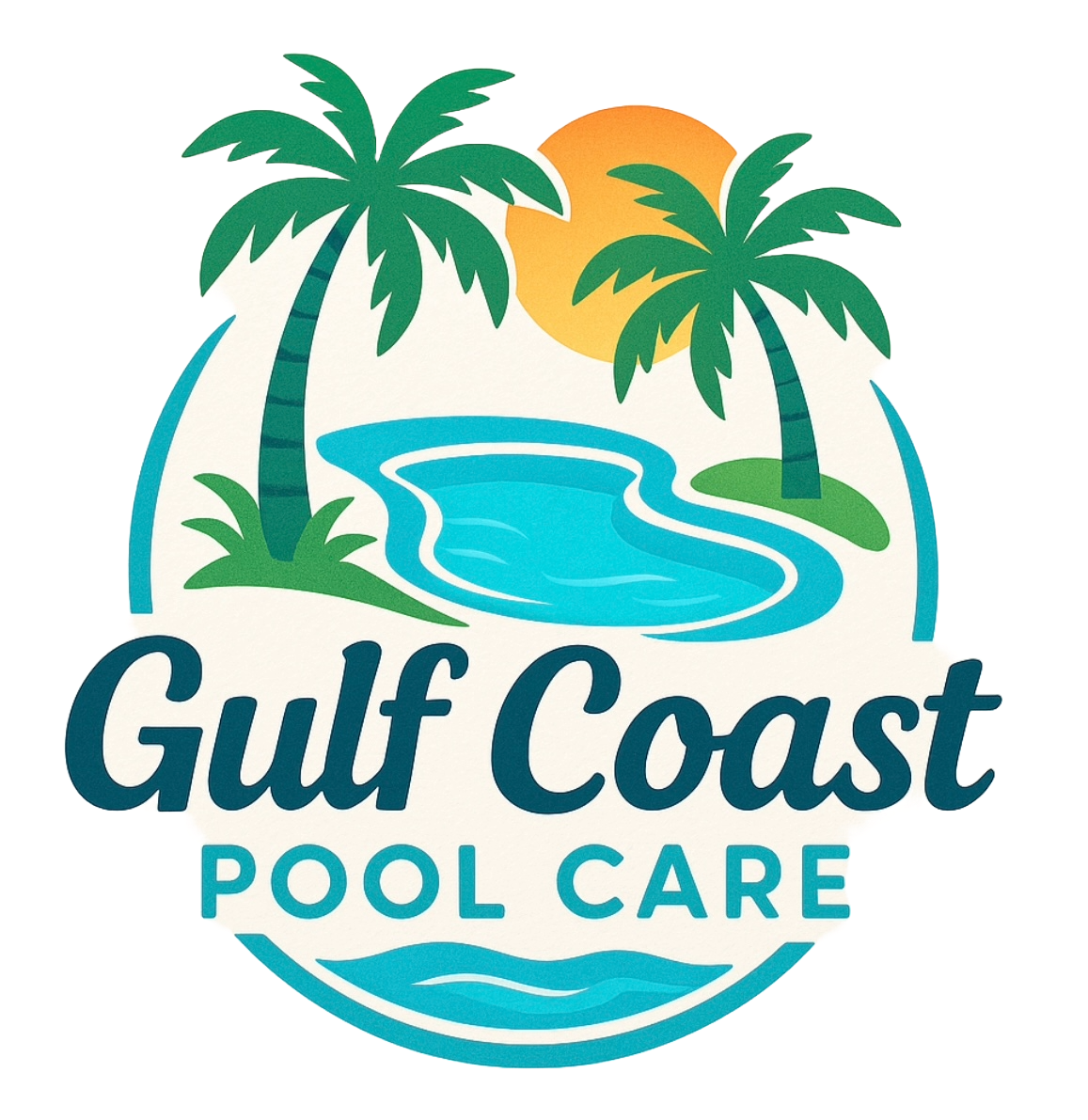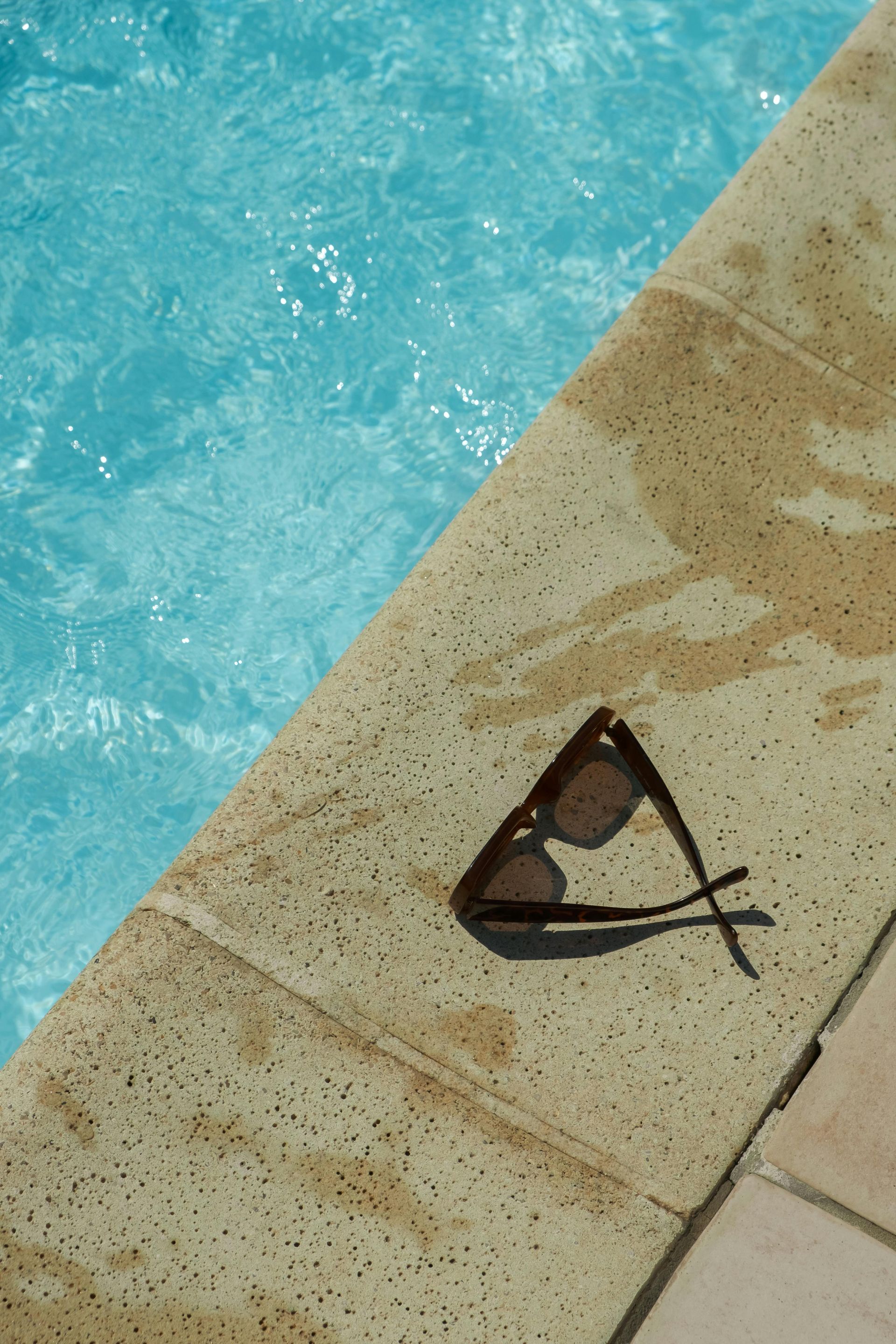Understanding Pool Chemistry: A Homeowner’s Guide
Understanding Pool Chemistry: A Homeowner’s Guide
Owning a pool in Pinellas County, Florida is one of the best ways to enjoy our warm, sunny climate. But with all that sunshine, humidity, and frequent rain, keeping your pool water balanced can feel like a science experiment. That’s because good pool care isn’t just about scooping out leaves or running the pump — it’s about maintaining the right water chemistry.
Balanced pool water keeps your swimming experience comfortable, your equipment protected, and your pool safe from algae and bacteria. The three most important chemical factors every pool owner should understand are pH, alkalinity, and cyanuric acid.
Let’s break down what each of these means, why they matter, and how you can keep them in check.
1. pH: The Acidity Balance
Think of pH as your pool’s comfort level. It measures how acidic or basic the water is, using a scale from 0 to 14:
- 7 is neutral
- Below 7 is acidic
- Above 7 is basic
For pool water, the sweet spot is 7.4 to 7.6 (with 7.2 to 7.8 being acceptable).
👉 Why it matters:
Low pH (too acidic): Can corrode metal parts of your pool (like ladders, pumps, and heaters) and irritate swimmers’ skin and eyes.
High pH (too basic): Makes chlorine less effective, which can leave your pool cloudy and encourage algae to grow.
Example for Pinellas County: After a summer thunderstorm, heavy rain can lower your pool’s pH, making the water more acidic. That’s why frequent testing is key.
How to manage it: Use a pH increaser (like soda ash) if levels are too low, or a pH decreaser if they’re too high. Weekly testing is the best way to stay ahead.
2. Alkalinity: The pH Buffer
If pH is the comfort level, alkalinity is the safety net. It helps keep pH stable, preventing big swings up or down.
The ideal range is 80–120 ppm (parts per million).
👉 Why it matters:
Low alkalinity: pH becomes unstable, bouncing all over the place. One day it’s acidic, the next it’s basic. This constant fluctuation is hard on your pool and your chlorine efficiency.
High alkalinity: Makes it difficult to adjust pH at all. You can add chemicals, but the water resists change.
Example for Pinellas County: Oak and pine pollen, common here in spring, can throw off alkalinity when debris builds up and breaks down in the water.
How to manage it: If your alkalinity is low, adding baking soda can help raise it. If it’s too high, a pH decreaser (acid) may be needed to bring it back in range.
3. Cyanuric Acid (CYA): The Chlorine Stabilizer
Florida’s sunshine is strong — great for tanning, but tough on your pool’s chlorine. That’s where cyanuric acid comes in. It acts like sunscreen for your chlorine, shielding it from breaking down too quickly in UV light.
The ideal CYA range is 30–50 ppm, though saltwater pools or certain conditions may allow for slightly higher levels.
👉 Why it matters:
Too little CYA: Chlorine burns off fast, especially under Florida’s midday sun. This leaves your pool vulnerable to algae and bacteria.
Too much CYA: Your chlorine becomes “locked” and less effective. Even if tests show enough chlorine, the water can still turn cloudy or unsafe.
Example for Pinellas County: If you top off your pool after heavy rain (which dilutes the chemicals), the CYA level can drop too low. On the other hand, constant use of stabilized chlorine tablets can cause CYA to climb too high over time.
How to manage it: Test regularly. If CYA is low, add stabilizer. If it’s high, the only fix may be partially draining and refilling your pool.
Why Chemistry Matters in Pinellas County
Our hot, humid weather, strong UV rays, and frequent storms mean pool water chemistry can change quickly. Rain dilutes chemicals, debris introduces contaminants, and constant sunshine eats away at chlorine.
Without regular balancing:
- Water can turn green almost overnight
- Equipment may corrode or clog
- Swimmers may experience irritation
- Weekly testing and adjustments are the key to avoiding these headaches.
Simplify Pool Care with Professional Help
Balancing pool chemistry can feel overwhelming, especially if you’re new to pool ownership. That’s why many homeowners in Pinellas County turn to professionals like Gulf Coast Pool Care.
Our team checks and balances water chemistry every week as part of our reliable service. We take care of pH, alkalinity, and stabilizer levels, along with skimming, vacuuming, and filter maintenance — so you can relax and enjoy your pool without the hassle.
👉 Ready for stress-free pool ownership? Contact Gulf Coast Pool Care today for dependable weekly service in Clearwater, Dunedin, Palm Harbor, and across Pinellas County.
✅ Bottom Line: Keeping your pool safe and sparkling means watching three key factors: pH, alkalinity, and cyanuric acid. With Florida’s unique climate, staying on top of these isn’t just important — it’s essential.





